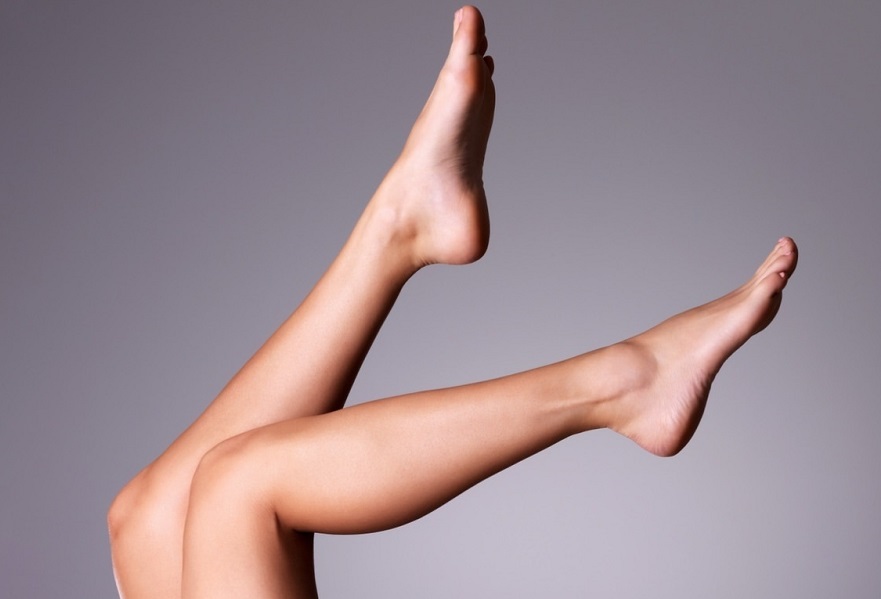“After I get my spider veins treated, how often will I have to return and will the veins inevitably come back?” This is a popular question for patients who get sclerotherapy to treat their spider veins. Like treatment questions for many medical conditions, the answer is not always the same. Spider vein recurrence really depends on each individual’s genetics as well as the nature of their vein disease.
We Need to Start with Venous Insufficiency
Some patients have severe venous insufficiency which is the primary cause of varicose veins. Smaller spider veins can feed from those larger varicosed veins. The spider veins in these patients are a product of their venous insufficiency and the increase in venous pressure. If the larger vein is not working well, then we treat it by closing the vein. The procedure is called venous ablation and it can be done using various techniques such as radiofrequency ablation or Venoseal closure. After closing the vein, the pressure in the venous system decreases. The abnormally enlarged varicose veins get smaller and the spider veins feeding off it do as well. With the spider veins no longer under pressure, they are relatively easy to treat with sclerotherapy and usually go away. In this scenario they may not go away 100%, however there is almost always a big difference. This is because the pressure that causes the spider veins is now gone. If the spider veins do come back, they usually recur in a much less severe form, and it usually takes year to recur. So in patients with venous insufficiency, it is important to treat this underlying cause first in order to provide the longest lasting results and the least chance of recurrence.
Spider Veins Treated with Just Sclerotherapy
Some patients do not have venous insufficiency or pain in their spider veins. These veins are typically more superficial and venous ablation is not required prior to treatment. In these cases, the veins are just large surface veins near the skin which provide venous drainage in the skin. These veins are not typically painful. They tend to develop as you get older and exacerbate by hormonal changes, such as menstrual cycles or childbirth. Often, a patient will report that many members of his or her family also have a similar appearance of their veins. In this case, the spider veins often respond to sclerotherapy, but may very well develop again over the next several months to several years. In our experience, the veins typically don’t come back in exactly the same spot, and typically don’t look quite as dark when they re-appear. Patients often will have to come back every few years to have new treatments.
Can You Prevent Spider Veins from Recurring?
How do patients prevent the veins from recurring? There is some evidence that maintaining a healthy weight and wearing compression stockings will help prevent spider veins from recurring. Ultimately, if a patient has a strong genetic propensity for developing spider veins, the veins may just keep recurring. If they come back, it doesn’t necessarily mean that anybody did anything wrong. Usually a quick session of sclerotherapy will keep them at bay for another few years.
Ultimately, if spider veins occur without venous insufficiency, then sclerotherapy is just a cosmetic procedure. As for all cosmetic procedures, it is completely optional. There’s nothing wrong with those veins except how they look to us! In this case, if a patient is not bothered by the appearance of his or her veins, then no treatment is necessary. On the other hand, even one session of sclerotherapy can make a significant difference, and can be quite satisfying to the patient (and to the doctor)! I leave it up to you. A quick consultation will often allow us to see if a patient is a good candidate for sclerotherapy. At the San Francisco Vein Center, based on the 1000’s of patients we have treated, we can often make a fairly accurate prediction as to whether or not the spider veins will return.

